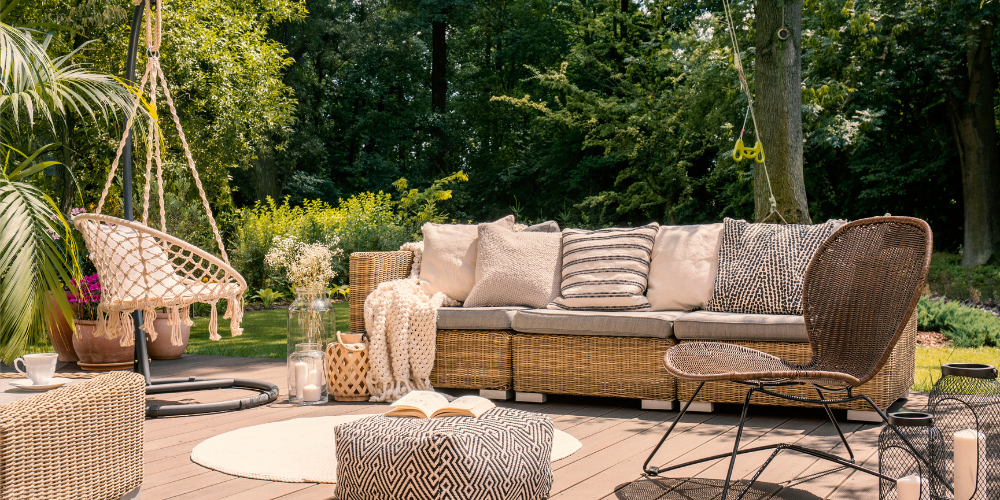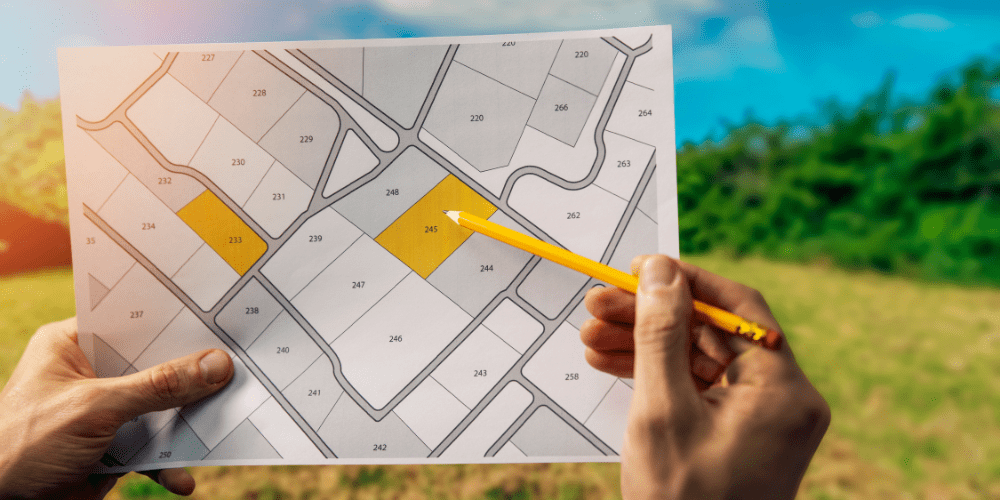20 Things You Need to Know About Siding, Cladding and Facing
Siding, cladding, and facing take up most of the exterior surface area of your home. They play a part in the appearance and operation of your home, but how much have you thought about them other than their appearance? We have a few interesting facts about siding for you to think about. Let’s dive into the best siding for homes!
Siding vs. Cladding: What’s the Difference
Siding vs cladding—what’s the difference? While often used interchangeably, they serve slightly different purposes. Cladding vs. siding comparisons reveal that siding tends to focus on the outermost protective layer while cladding can refer to both decorative and functional layers that enhance insulation and home aesthetics. Together, siding and cladding form the backbone of your home’s exterior, impacting appearance, durability, and energy efficiency.
Siding and Cladding Types: An Overview
When choosing siding for your home, you’re spoiled for choice, each offering its own perks and personality. Here are some of the most popular options:
-
Vinyl Siding: A low-maintenance, cost-effective option available in countless colors and styles. This type is great for homeowners looking for affordability and durability, which are known benefits of vinyl siding.
-
Fiber Cement Siding: Offers a wood-like appearance with added resistance to fire, pests, and moisture. It’s also paintable, giving you the flexibility to change colors.
-
Wood Siding: A classic, natural look that adds charm to any home. While it requires regular upkeep, its beauty is hard to beat.
-
Brick Veneer: Combines the durability of brick with a lighter, more affordable construction. It’s moisture-resistant, incredibly long-lasting, and one of the best low-maintenance siding materials.
-
Metal Siding: Copper, aluminum, or steel options provide a sleek, modern look and excellent durability, but they require professional installation.
-
Stone Veneer: Lightweight, versatile, and available in natural or manufactured options for a rustic, high-end feel.
With so many choices, weighing factors like budget, climate, and style is essential when choosing the best siding for a house. No matter what, there’s a siding option out there that’s perfect for your home!
Here Are The 20 Things You Need to Know about Siding, Cladding, and Facing
Below, we’ve listed 20 things you need to know about durable siding materials, cladding, and facing. Depending on your needs, you’ll likely find eco-friendly siding options and the most durable siding option for your home after reading the below.
-
Vinyl siding can be green! If you recycle vinyl siding when you replace it, you can keep your home greener.
-
Insulated siding products can significantly increase your home’s R-value (thermal resistance).
-
Vinyl siding is one of the lowest maintenance types of siding materials, and it also generates the least scrap during installation, with typical waste at less than 2%!
-
Manufactured products tend to have longer lifespans than natural products like wood, and contrary to popular belief, inert products like vinyl may damage the environment less than treated wood or other products.
-
Special cold-cutting blades should be used to cut metal siding products. These blades do not create ‘swarf’ or hot steel, which lands on steel, creating burned areas prone to rust.
-
Composite siding products often contain recycled materials, which makes them an eco-friendly choice. However, there are several composite siding pros and cons so be sure to speak with a builder like Sunwood before deciding.
-
Most man-made siding products have life spans of 25 years to life and are covered by lengthy warranties.
-
Fiber cement board siding, unlike vinyl, can be painted and stained. So, if you like to change the look of your home occasionally, it is a good choice.
-
Clay brick is another green building material choice because it is manufactured from natural materials.
-
Unlike most other cladding materials, bricks have been used for at least 5,000 years!
-
Brick is a non-combustible material.
-
Brick veneer wall systems offer superior moisture resistance, which can help to limit mold growth.
-
Brick is one of the longest-lasting building materials as long as it is properly installed.
-
Many stacked stone veneer products are sheets of veneer rather than stone.
-
There are stacked stone products manufactured from colored concrete and natural options.
-
Brick is an excellent insulator, so it is a popular energy-efficient siding choice.
-
Manufactured stone products can cost up to half as much as natural ones.
-
Architectural guidelines often regulate cladding in residential developments. If you live in a planned community and want to change your home's siding, be sure to find out what is allowed and what is not!
-
When debating between brick vs stucco siding, stucco finishes can be painted (although it may affect the moisture-wicking of your home, so be cautious about product choices!) The amount of paint required will depend on the finish. Heavily patterned stucco finishes can use many times more paint!
-
Other siding options worth considering include copper, aluminum, cedar shingles, and terracotta tile.
Why Choose Sunwood For Your Siding Needs In Connecticut
When it comes to siding, cladding, and facing, the right choice isn’t just about aesthetics—it’s about quality, longevity, and value. At Sunwood, we understand that your home’s exterior is more than just a pretty face.
Your siding is your first line of defense against the elements and a major factor in your home’s energy efficiency. That’s why we specialize in helping Connecticut homeowners choose the best siding for homes that enhances their curb appeal and meets their functional needs.
From eco-friendly options like recycled vinyl and fiber cement to timeless materials like brick and stone veneer, our team knows the ins and outs of every siding product. We’ll guide you through the process, ensuring you select materials that align with your budget, style, and long-term goals.
And with our skilled installation, you can trust that your siding will look stunning and perform flawlessly for years to come.
Speak With Sunwood Today!
There are significant differences in price and longevity regarding siding and cladding. Be sure to research your chosen products carefully, and hire a professional to install any products requiring technical skill.
The last thing you need is siding, which needs to do its job correctly! So contact us at Sunwood for expert help. We know the ins and outs of siding, cladding, and facing and can help you make the right choice.

.jpg)





.jpg)